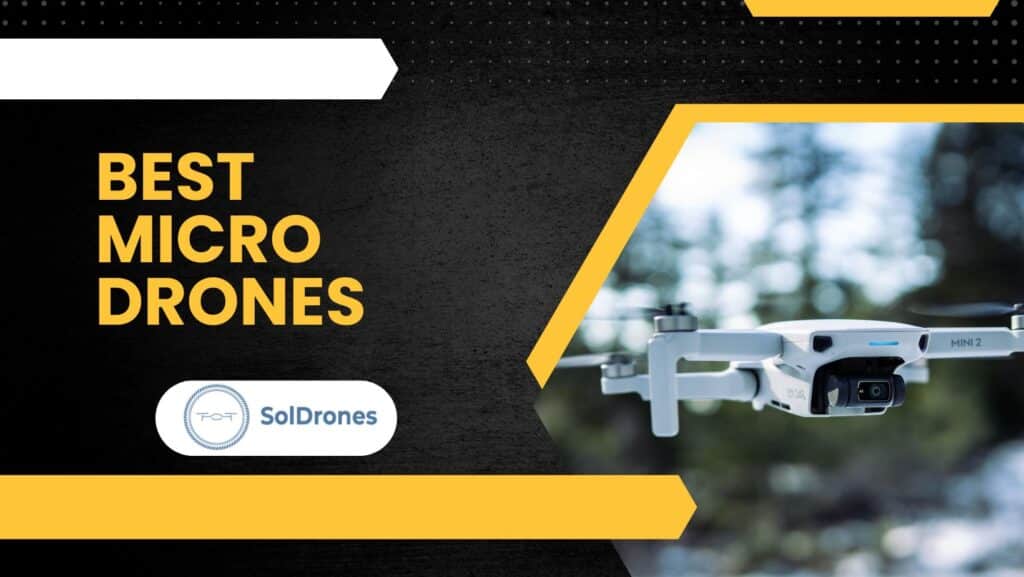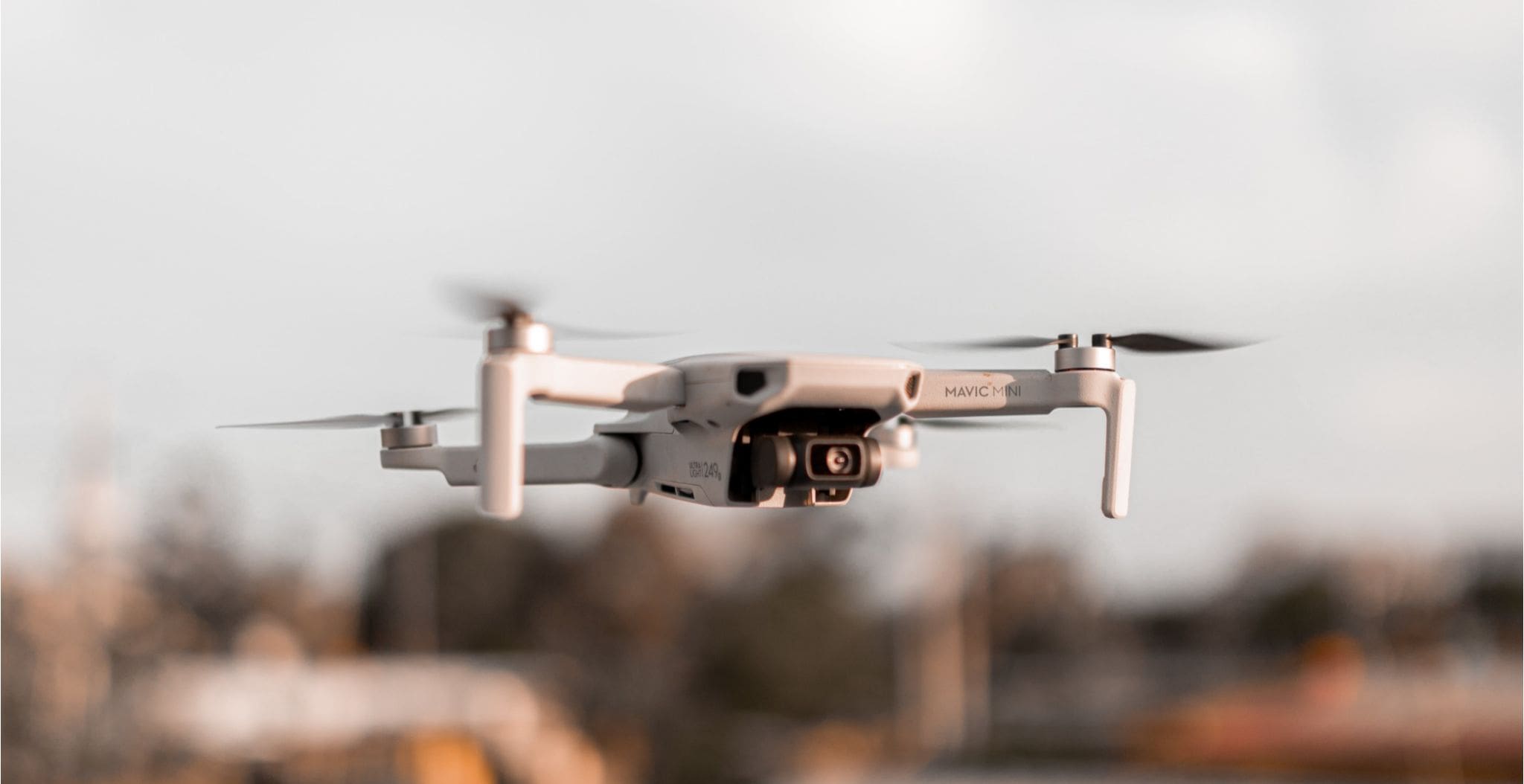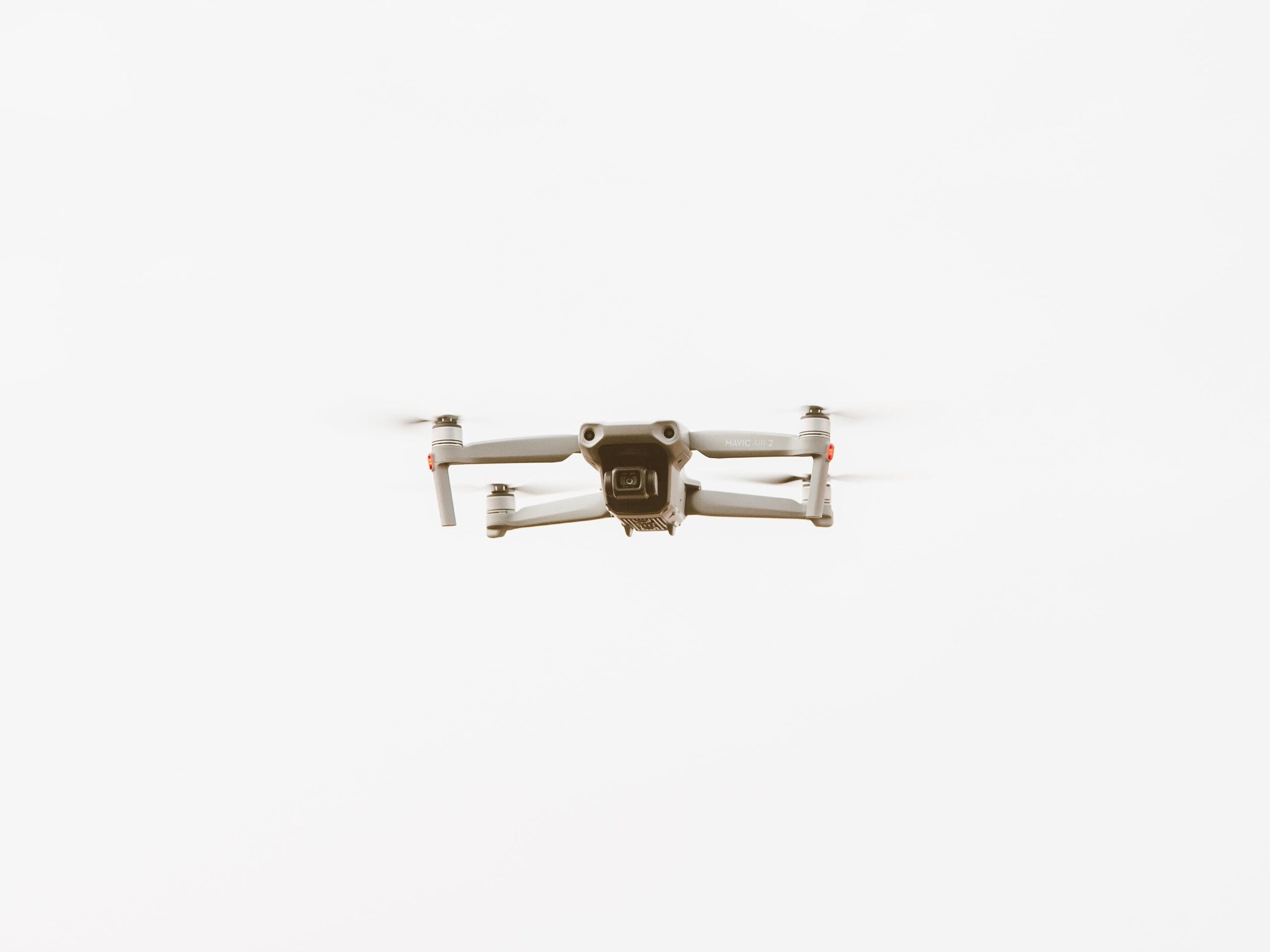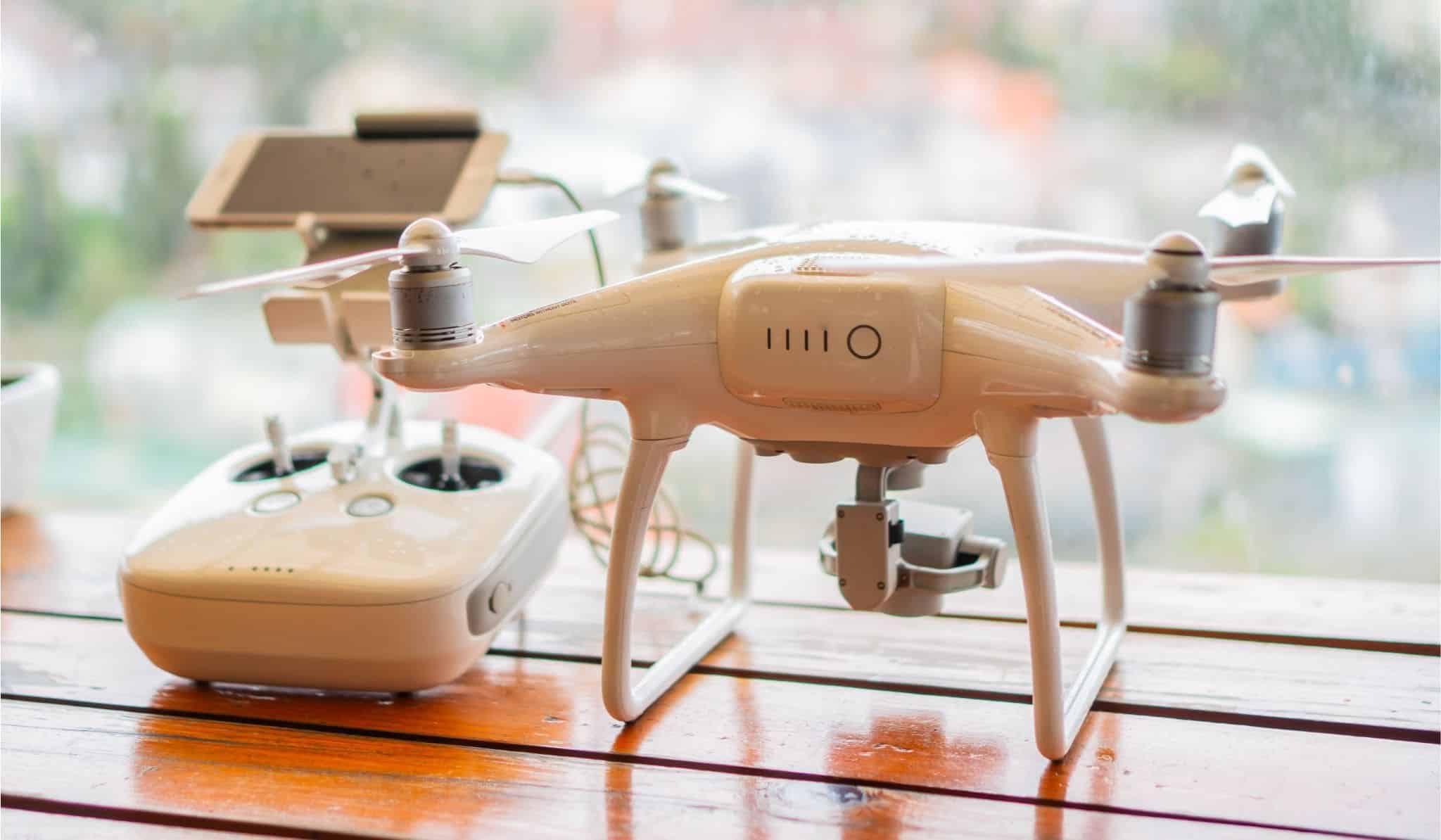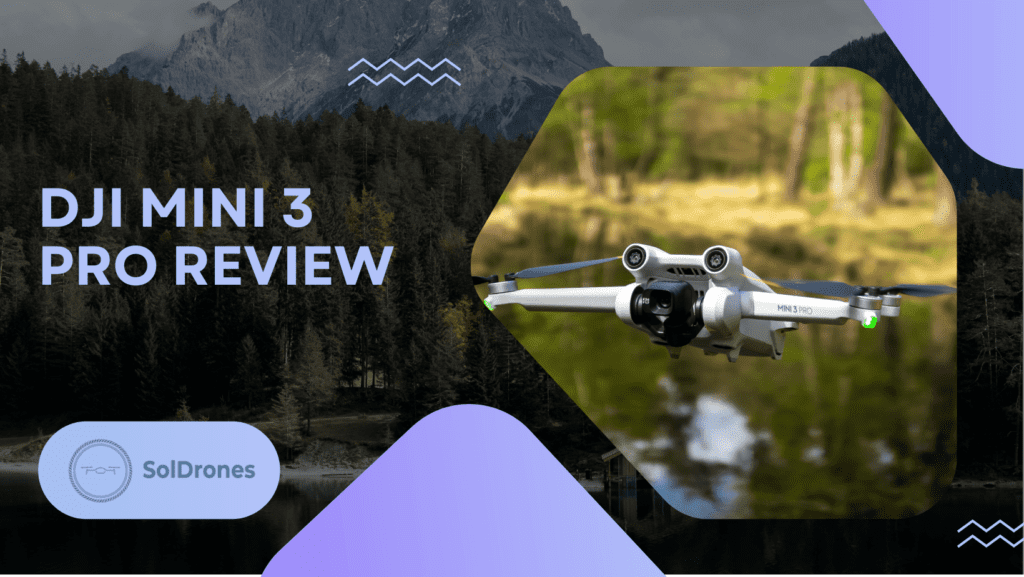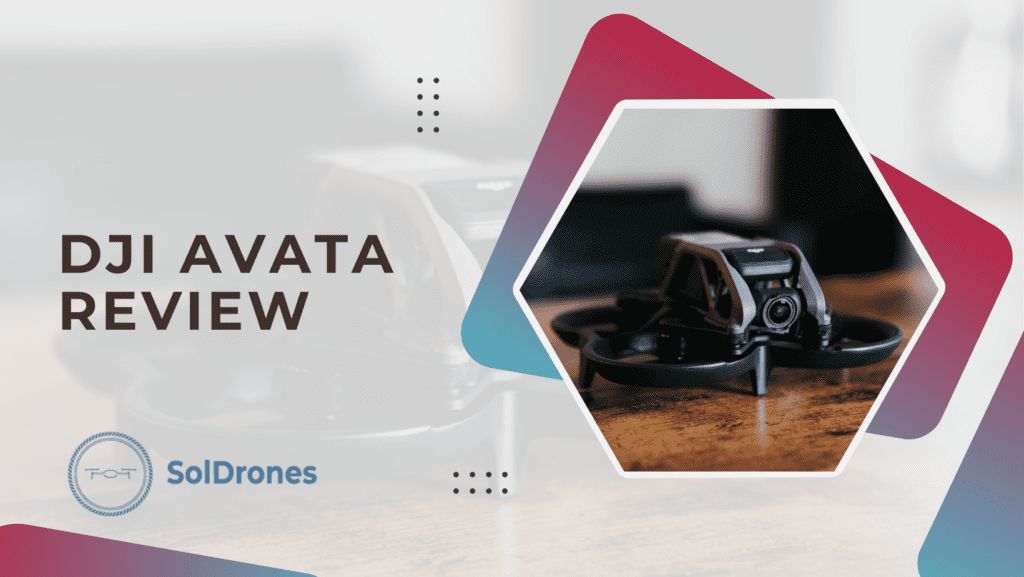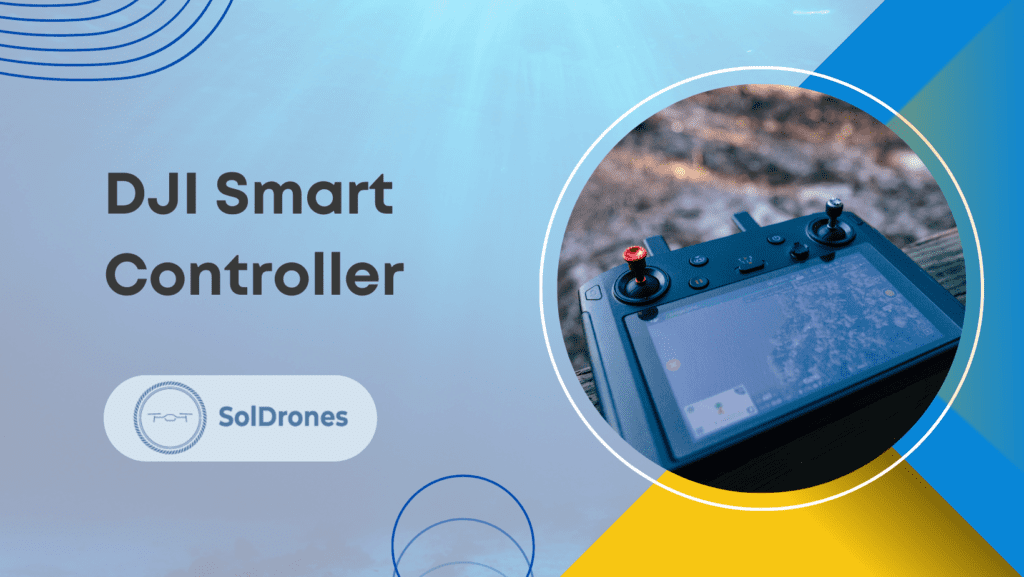Realistically, if you’re looking for a small drone to film high quality 4K video for hobbies or professionally, the DJI Mini 3 Pro will be one of top drones to consider.
We’ve written extensively about this drone here.
However, navigating the world of micro drones reveals a landscape where small size meets mighty functionality, embedding themselves firmly in diverse industries like agriculture and professional inspection.
These compact yet power-packed aerial devices navigate spaces where their larger counterparts might stumble, thanks to robust technical features like brushless motors and stable transmission speed.
Also, micro FPV and nano drones have evolved into a preferred choice for hobbyists and professionals alike, combining thrill with practical utility.
These tiny marvels promise not merely an exciting hobby but an innovative tool that is steadily gaining traction in both recreational and professional arenas, underscoring their growing significance.
This guide endeavors to unravel the intricacies and allure of these miniature technological wonders.
Article Highlights:
- Micro drones are packed with powerful technical features.
- With an expansive range from Micro FPV to nano drones, understanding their functionalities can transform recreational flying into a profitable venture.
- Choosing the right drone goes beyond just size and price. The technical aspects must also be considered.
Key Concepts and Technical Basics
In the realm of aerial technology, a “micro drone” typically signifies a diminutive, often palm-sized unmanned aerial vehicle, appreciated for its portability and discreet operations.
Holy Stone makes these mini drones for kids that are cheap and fun to fly around the house.
But these aren’t meant for photography or business.
You’ve also probably heard “Micro FPV” (First Person View) drones thrown around, allowing pilots to navigate via a live video feed through specialized FPV goggles providing a captivating, immersive flight experience unlike any other.
Contrarily, “nano drones” are even smaller, boasting an incredibly compact size, usually fitting comfortably within the confines of a small hand, yet still managing to house a plethora of smart, navigable features.
The compact yet potent nature of micro drones opens up avenues not merely for recreational exploration but also technical, ethically-informed, and legally compliant usage across both indoor and outdoor spaces.
Understanding the micro quadcopter ecosystem necessitates acknowledging its multifaceted applications and various models, from those tailored for beginners to high-spec variants designed for advanced users and specific industrial applications.
Why Opt for Micro Drones?
The ascension of micro drones in popularity charts is not simply a case of technological allure but a pragmatic choice for drone enthusiasts and professionals alike.
These petite marvels of engineering, often epitomized as cheaper drones, have democratized aerial technology, granting access to sophisticated flight experiences without the hefty investment often associated with their larger counterparts.
The affordability, paired with robust functionality, strikes a chord with a vast demographic, from hobbyists and photographers to budding entrepreneurs in the drone service industry.
Yet, the appeal of micro drones extends beyond mere economics. The legal and practical advantages of these miniature UAVs are undeniable, with their often lightweight nature usually exempting them from stringent FAA registration requirements in certain regions, simplifying the path to aerial exploration.
This legal leeway facilitates both indoor and outdoor flying, allowing pilots to navigate various environments without the bureaucratic tape that might hinder the utilization of a larger, more cumbersome drone.
The Technical Anatomy of Micro Drones
When dissecting the technical anatomy of micro drones, immediate attention often sways towards their intricate engineering that enables such compact devices to ascend and navigate the skies with precision.
Navigational prowess, stability, and control in these miniaturized aerial vehicles hinge significantly on their technical specs, which, while diminutive in stature, pack a potent punch in operational efficacy.
Integral to their functionality is a suite of components such as accelerometers, gyroscopes, and sometimes, GPS modules, each converging to afford pilots a smooth, controllable flight experience.
Spotlight on Notable Micro Drone Models and Categories
In the burgeoning realm of micro UAVs (Unmanned Aerial Vehicles), a myriad of models and categories have garnered attention, offering users a vibrant palette of options, each with its own niche and specialized applications.
Notable Micro Drones
- DJI Mini 3 Pro: Famed for its portability and feature-rich package, the DJI Mini 3 Pro sets a high bar in the micro drone market, championing robust flight performance alongside stellar imaging capabilities, all while maintaining a weight that sidesteps the need for FAA registration.
- Emax EZ Pilot: Tailored for beginners, the Emax EZ Pilot caters to fledgling pilots with an intuitive control scheme and a forgiving learning curve, prioritizing ease of use and fostering a stress-free entry into the drone flying world.
Micro Drone Categories
Straddling the realms of nano, mini, and tiny drones, each subcategory in the micro drone domain establishes its own set of norms and potential applications.
- Nano Drones: Boasting some of the smallest footprints in the UAV world, nano drones like the Cheerson CX-10 offer portability and indoor flight capabilities, making them accessible fun for enthusiasts and beginners alike.
- Mini Drones: Slightly larger and often packing more advanced tech, a mini drone such as the Parrot Mambo offer a blend of portability and enhanced functionality, opening up avenues for both recreational and light professional use.
- Tiny FPV Drones: Merging compact size with first-person-view (FPV) technology, drones like the Tinyhawk II provide pilots with an immersive flight experience, offering a unique blend of intimate control and aerial exploration.
An exploration through the varied landscape of micro drones unveils a rich ecosystem ripe with options and opportunities, affirming that there is, indeed, a micro UAV perfectly suited to meet every pilot’s needs and preferences.
The journey through these miniaturized aviators isn’t merely a trip through scaled-down technology but an adventure into a world where innovation and compact engineering coalesce, creating unparalleled aerial experiences in pint-sized packages.
Diving into Micro FPV Drones
FPV (First-Person View) drones deliver a unique blend of advanced technology and exhilarating flight experiences by providing pilots with a first-hand view of their drone’s path. The appeal is twofold: a mesmerizing flight experience and the precise control achievable with the real-time video feed sent directly to FPV goggles or monitors. The first-person viewpoint also facilitates accurate navigation, which is crucial in pursuits like drone racing and precise aerial photography.
A particular mention in the realm of micro FPV drones is the Tinyhawk II, which garners substantial acclaim, especially among beginners. The drone brings to the table a user-friendly interface, durability, and an accessible price point, making it a favorable option for those dipping their toes into the FPV world.
A Close Look at Brushless Motors and Technical Drones
Navigating through the intricate realms of micro drones, a deep dive into these motors and advanced technical features provides a lens through which the robust capacities of these miniaturized powerhouses can be viewed. The convergence of technological advancements and mechanical reliability is key to understanding their burgeoning presence across numerous applications and sectors.
Unlocking Advanced Technical Features
Drones, especially those on the micro level, encapsulate a marvel of technological advancements, delicately bridging the gap between innovative features and practical applications.
The realm of technical drones illuminates a path where superior flight controllers, exceptional camera quality, and adept transmission systems seamlessly merge, offering more than just a flying experience. Precision in navigation, stability during flights, and the ability to adapt to various environments stem from their advanced sensor technologies, ensuring users are met with reliability and a high-quality experience across varied operational uses.
Efficiency and Longevity
Turning to the sophistication of these motors, a critical examination of their intrinsic attributes is paramount. These motors, devoid of brushes, offer efficient and durably robust performance, making them a cornerstone in the construction of today’s micro drones.
The absence of brushes means reduced friction and wear during operations, therefore enhancing the drone’s longevity and ensuring sustained performance over extended periods. Furthermore, the remarkable power-to-weight ratio achieved by these motors ensures that micro drones, despite their diminutive size, can consistently deliver a powerhouse performance while judiciously managing energy consumption during their flights.
Peering through the technologically rich and mechanically sound world of micro drones, it is evident that the union of advanced technical features and the robust, dependable nature of motors act as catalysts, propelling these compact devices from being mere novelties to becoming indispensable tools across a spectrum of applications.
This harmonization not only underscores their operational competencies but also charts a trajectory for future drone technologies, intertwining them with new domains and uncharted territories of innovation, thereby altering the landscape of numerous industries.
User Experience: Flying, Maintaining, and Enhancing Micro Drones
Embarking upon the adventure of drone flying unfolds a landscape where the technicalities of operation intertwine with the joys and challenges of maintaining these miniature aerial wonders. User experience stretches beyond mere flight, enveloping the facets of keeping the drone in optimal condition and continually enhancing its capabilities to align with the pilot’s evolving needs and expertise.
Expert Tips for Indoor and Outdoor Flying
In the domain of micro drones, mastery over indoor and outdoor flying is pivotal in maximizing the drone’s potential while ensuring safety and compliance with regulations.
Flying, especially when flown indoors, often demands a keen understanding of the drone’s controls, given the proximity to potential obstacles.
In contrast, outdoor flying brings into play variables like wind, which necessitates skill in maneuvering and stability control.
Equipping oneself with knowledge about local drone regulations, especially concerning outdoor flying, also ascends in importance, ensuring that the thrill of piloting is harmonized with legal adherence and safety protocols.
Navigating Through Maintenance and Common Issues
Maintenance becomes an unspoken ally in the drone user’s journey, where addressing common issues, such as utilizing the motor beeper function to locate a misplaced unit, becomes integral.
Developing a routine that includes periodic checks on the drone’s components, being mindful of battery health and having spare batteries, and ensuring the motor and other moving parts are free from debris, underscores the symbiotic relationship between robust functionality and meticulous upkeep.
Troubleshooting issues, often encountered in the form of unresponsive controls or stability issues, necessitate a blend of technical know-how and a dash of patience to navigate through and ensure the drone’s longevity.
Upgrading and Elevating for the Best Micro Drone Experience
Transitioning towards upgrading and enhancing the drone invokes a paradigm where technological advancements and user expertise collide. From superior camera modules and enhancing the FPV (First Person View) experience to adopting more advanced flight controllers for improved stability and navigation, the pathway to upgrades is as varied as it is exciting.
Enhancement also cascades into the realms of adopting various accessories, such as specialized goggles for an immersive FPV experience or implementing software tweaks that elevate the drone’s performance and usability to new heights.
Interlacing the thrill of flight with the meticulousness of maintenance and the exhilaration of upgrades, the drone user’s journey emerges as a holistic experience. It’s not merely about navigating the skies but traversing through the learnings, challenges, and advancements that form the rich tapestry of drone ownership and operation.
The horizon is not just a boundary but a beckoning towards continuous exploration, discovery, and an unwavering allure that perpetually fuels the spirit of the drone enthusiast.
Legal and Ethical Aspect of Drone Flying
Embarking on the journey of micro drone flying brings to the forefront a crucial aspect that intertwines with the exhilaration of aerial exploration: adherence to legal and ethical frameworks.
In the United States, the Federal Aviation Administration (FAA) stipulates certain guidelines, underscoring the imperative of FAA registration for drones weighing between 0.55 and 55 pounds. This legal tether aims to inject a layer of accountability and traceability into the vibrant world of drone piloting, safeguarding both the operator and the airspace.
Yet, the tapestry of responsible drone usage is not solely woven by regulatory compliance but is significantly colored by ethical and safe piloting practices. Safe drone usage propels beyond mere legal adherence, navigating through the realms of respecting privacy, avoiding restricted areas, and ensuring that the drone’s pathway is clear of obstacles and does not pose a threat to people or other aircraft.
This delicate balance between legal compliance and ethical piloting shapes a landscape where technology and responsibility coalesce, ensuring the skies remain friendly for all.
Consumer Drones vs. Enthusiast Drones: What to Choose?
Navigating through several drone options lands pilots, both novice and seasoned, at a crossroads, juggling between consumer and enthusiast drones, each tailored to cater to distinct demographic and purpose spectrums.
Consumer drones, often spotlighted for their user-friendliness and relatively modest pricing, attract casual hobbyists and beginner pilots, affording a seamless entry into the drone world without entangling them in intricate technical facets.
On the flip side, enthusiast drones, steeped in more advanced features and often boasting a heftier price tag, target seasoned drone aficionados and professionals, offering enhanced capabilities, customization, and nuanced control.
The choice, consequently, hinges not merely on budget but crucially on the intended usage, technical aptitude, and the thirst for either simplicity or advanced functionality. This dichotomy in the drone market shapes a path that guides pilots towards an informed choice, aligning their aerial aspirations with the drone that best elevates their flight experience.
Buying Guide and Recommendations
Navigating the drone marketplace requires astuteness, balancing price, technical specifications, user-friendliness, and purpose-specific features to land the most apt selection.
An initial factor to weigh is the financial commitment, assessing whether the drone’s price point matches its offering and ensuring it dovetails with the user’s budget without compromising on pivotal features.
Beyond mere pricing, the technical specifications – encompassing aspects like flight time, camera quality, and control range – demand meticulous examination, ensuring the drone capably meets the user’s demands.
In parallel, one must also remember that drones have different user proficiency – from beginner to intermediate to professional levels, and each drone varies in complexity and feature sets.
For beginners, a high-quality drone that prioritizes ease of use and sturdy build to withstand potential mishaps often stands out. Meanwhile, seasoned pilots might gravitate towards a higher spec drone offering intricate controls, higher spec cameras, and longer flight times, bringing both finesse and durability to their aerial endeavors, thereby ensuring each purchase is not merely a transaction but a stepping stone to enriched, sky-bound adventures.
Final Thoughts
Navigating the rich and varied skies of the micro drone world, consumers and enthusiasts alike find themselves amidst a technologically advanced yet accessible realm of aerial possibilities. The compact yet potent nature of micro drones opens up avenues not merely for recreational exploration but also technical, ethically-informed, and legally compliant usage across both indoor and outdoor spaces, distinguishing them from other drones.
In this aerial journey, prioritizing understanding of the technical anatomy, absorbing insights into motor functionalities, and adhering to legal frameworks becomes paramount. Coupling this with a user-centric approach to drone selection and a knowledge-informed buying strategy ensures that every lift-off is not just an act of flight but an embodiment of informed, enthused, and ethical drone piloting.
FAQs
What is the primary distinction between a micro drone and a nano drone?
Micro drones are slightly larger and can possess more advanced technical features compared to the typically smaller and simpler nano drones.
Why do most micro drones not require FAA registration?
Most micro drones weigh under 250 grams, exempting them from FAA registration due to their minimal risk.
What is the significance of choosing between brushed and brushless motors in micro drones?
Brushless motors tend to offer more power and longevity without the friction and wear seen in brushed counterparts.
How does flying a micro FPV drone differ from other micro drones?
Micro FPV drones provide a first-person view, immersing pilots into a real-time flight experience through specialized goggles or screens.
Is headless mode available in micro drones?
Yes, many micro drones offer a headless mode for easier navigation.

